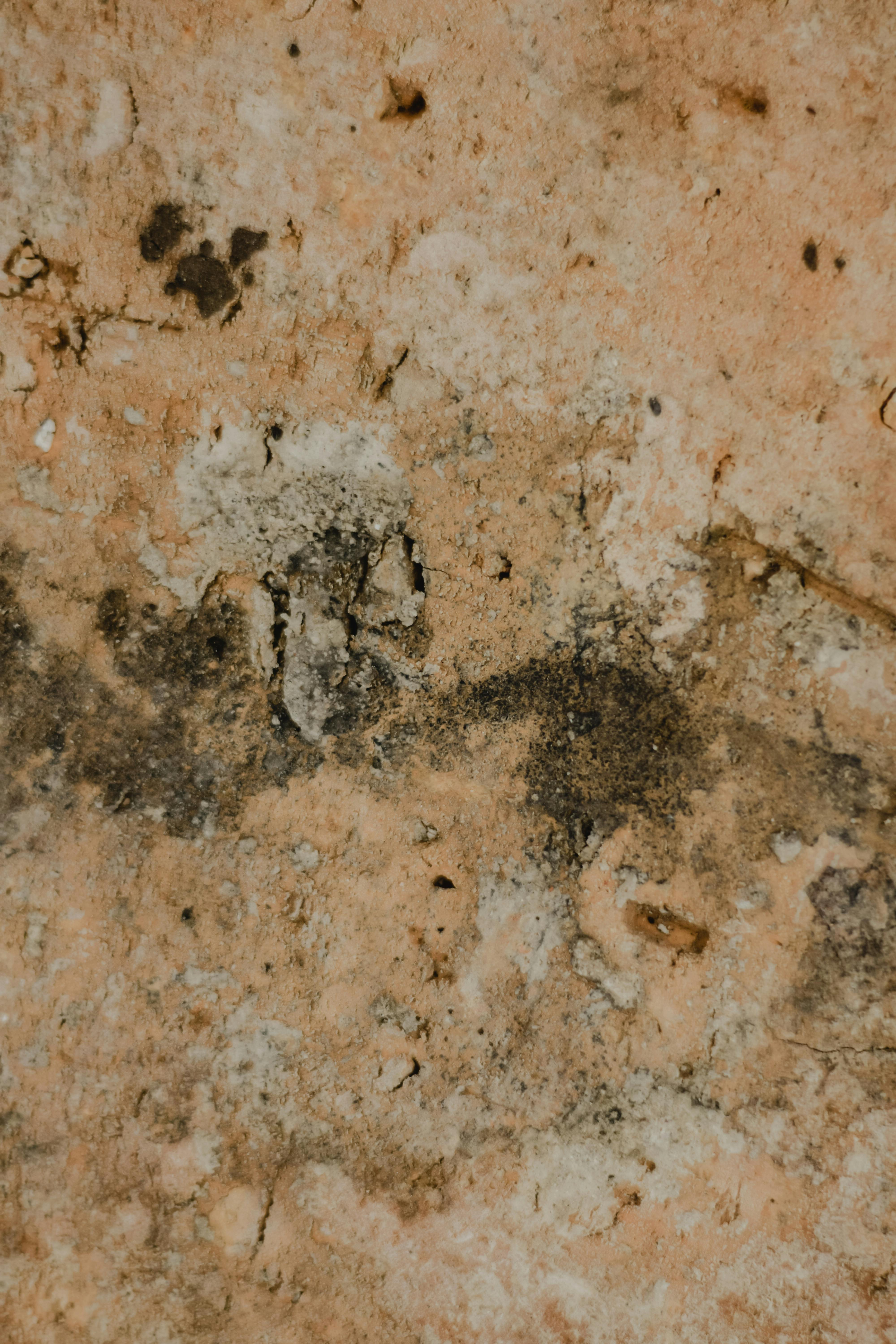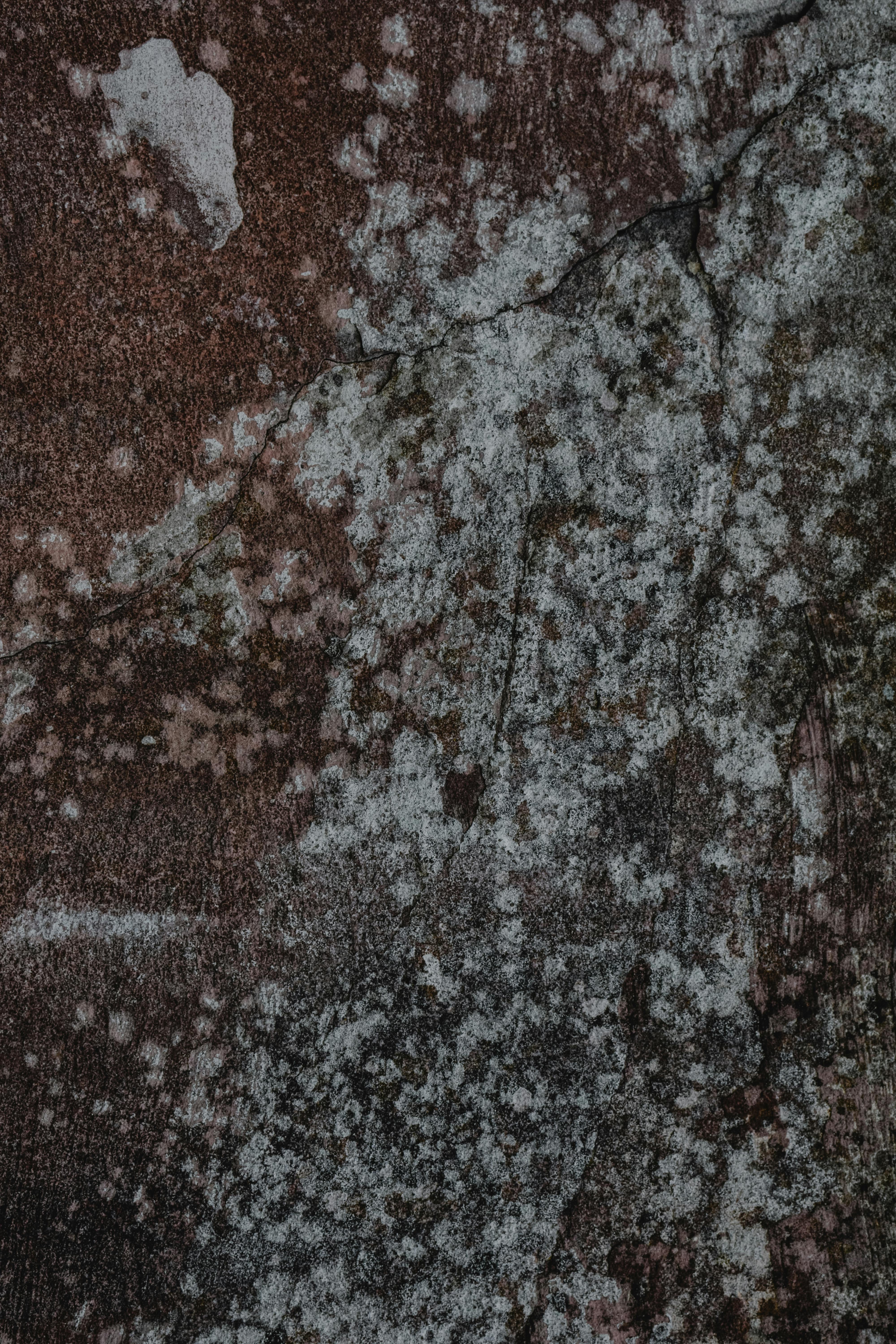Schimmel Wand: Understanding, Preventing, and Treating Mold Issues
What is Schimmel Wand?
The term schimmel wand refers to mold that commonly develops on walls, particularly in damp environments. Mold can pose significant health risks and structural damage to your property. Understanding the causes and conditions that promote mold growth is crucial for effective prevention and treatment. In this section, we will explore how schimmel wand forms and the typical conditions that foster its growth.
Causes of Mold Growth
Several factors contribute to the growth of schimmel wand, including excessive moisture, poor ventilation, and the presence of organic materials. Mold thrives in areas with humidity levels above 60%. Leaky roofs, walls, and plumbing can lead to water accumulation, creating the ideal environment for mold spores to thrive. Additionally, indoor activities such as cooking and showering can increase humidity levels, necessitating proper ventilation systems to mitigate mold risks.

Identifying Schimmel Wand
Identifying schimmel wand early is essential for effective treatment. Look out for dark spots or patches on walls, often accompanied by a musty odor. In more severe cases, mold may cause wall paint to bubble or peel away. You can differentiate mold types by color, with black, green, and white being the most common. Keeping an eye on these indicators can help you address mold problems before they escalate.
Health Risks Associated with Mold
The presence of schimmel wand is more than just an aesthetic issue; it poses serious health risks to residents. People with respiratory issues, allergies, or weakened immune systems may worsen due to mold exposure. Symptoms can include coughing, sneezing, skin irritations, and even chronic respiratory illnesses. This section will explore the health implications further and provide guidance on protecting occupants from mold-related problems.
Health Symptoms Linked to Mold Exposure
Exposure to schimmel wand can lead to a variety of health symptoms. Common reactions include respiratory trouble, headaches, and allergic reactions. Individuals with pre-existing conditions, such as asthma, may find that their symptoms intensify in mold-infested environments. Awareness of these health effects is crucial for early intervention and treatment when mold is suspected.
Long-Term Health Implications
Long-term exposure to mold can lead to chronic health conditions, particularly for vulnerable populations such as children and the elderly. Prolonged contact with schimmel wand can contribute to respiratory diseases, aggravate existing allergies, and even lead to neurological issues. It’s vital to address any mold problems promptly to mitigate these serious health risks.
Preventing Schimmel Wand Development
Preventing schimmel wand growth requires a proactive approach. Effective measures include controlling indoor humidity levels, ensuring proper ventilation, and conducting regular property inspections. This section will provide actionable tips for preventing mold development in your home.
Humidity Control Techniques
Maintaining indoor humidity levels below 60% is crucial in preventing schimmel wand. Use dehumidifiers in damp areas, such as basements and bathrooms, and ensure that air conditioning systems are well-maintained. Regularly checking humidity levels with a hygrometer can help ensure a mold-free environment.
Effective Ventilation Strategies
Proper ventilation is an essential factor in preventing schimmel wand growth. Open windows when weather permits and use exhaust fans in kitchens and bathrooms to reduce moisture build-up. Installing a ventilation system that facilitates air circulation can also help eliminate trapped moisture, making your home less prone to mold development.
Treating Schimmel Wand: Practical Steps
Once schimmel wand has been detected, timely treatment is vital. This section focuses on how to remediate mold problems effectively and safely, ensuring a thorough cleansing of affected areas.
Step-by-Step Mold Removal Process
To effectively remove schimmel wand, follow these steps: First, gather personal protective equipment (PPE), including masks and gloves. Next, isolate the affected area to prevent spread. Use a mixture of detergent and water or a commercial mold remover to scrub surfaces. Ensure that you dispose of contaminated materials safely, and dry the area completely to inhibit further mold growth.

When to Call Professionals
In cases of severe mold infestation, it’s best to consult professionals who specialize in mold remediation. If schimmel wand covers a large area (typically more than 10 square feet) or if the mold problem persists after DIY efforts, professional help should be sought. Experts will have access to specialized equipment and methods to ensure complete eradication and provide further strategies for preventing mold recurrence.
Key Takeaways
- Understanding the causes of schimmel wand is essential for prevention and treatment.
- Mold poses serious health risks and should be addressed promptly to protect residents.
- Maintaining humidity levels and ensuring proper ventilation can significantly reduce mold risks.
- Timely treatment of mold is crucial, and severe infestations may require professional assistance.
FAQ
1. What is the best way to prevent schimmel wand?
The best way to prevent schimmel wand is to control indoor humidity levels below 60%, ensure proper ventilation, and regularly inspect for leaks. Using dehumidifiers and exhaust fans can significantly reduce moisture accumulation in susceptible areas.
2. Can schimmel wand cause allergies?
Yes, exposure to schimmel wand can trigger allergies and worsen respiratory issues in sensitive individuals. Symptoms may include sneezing, coughing, and skin irritations. Care should be taken to address mold issues promptly to prevent these health effects.
3. Is it safe to remove mold on my own?
Small areas of schimmel wand can often be removed safely using DIY methods, provided protective measures are in place. However, larger or persistent mold issues should be handled by professionals to ensure proper remediation.
4. What are the health effects of long-term exposure to schimmel wand?
Long-term exposure to schimmel wand can lead to chronic respiratory diseases, aggravate allergies, and contribute to other severe health risks. It is crucial to address mold infestations quickly to protect overall health.
5. How do I know if my home has schimmel wand?
Signs of schimmel wand include visible patches on walls, a musty smell, and peeling paint. Regular inspections in dark, damp areas of the home can help identify any potential mold problems.
